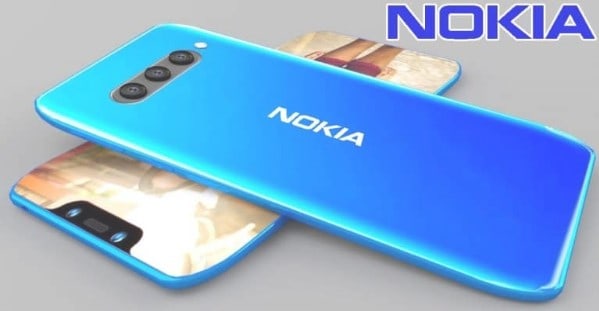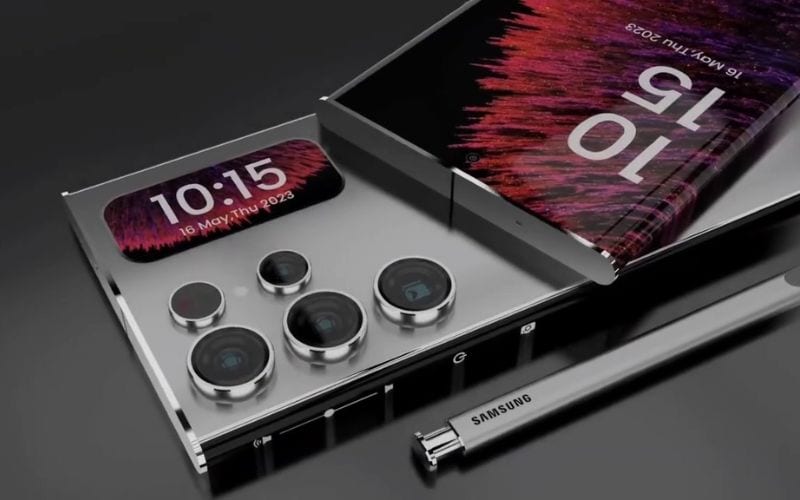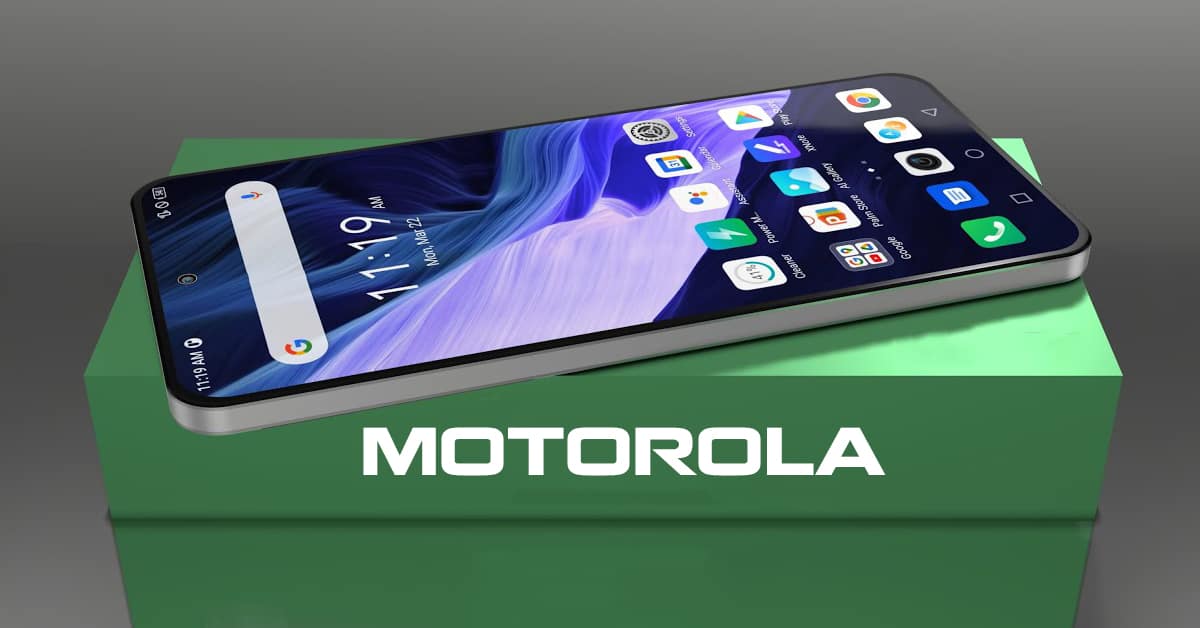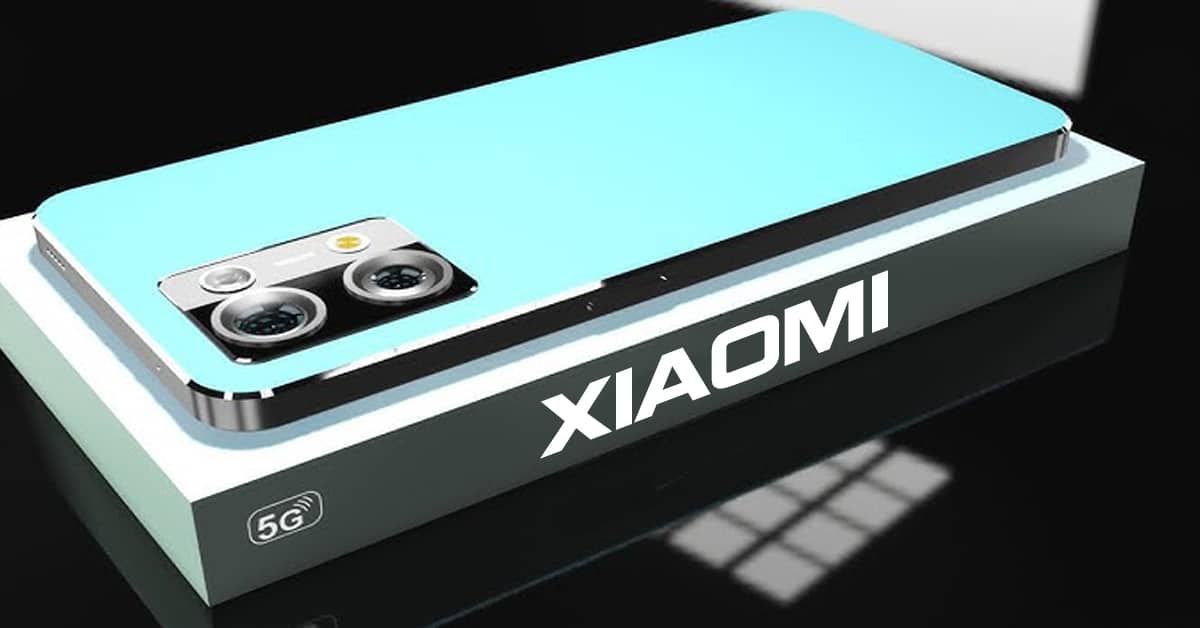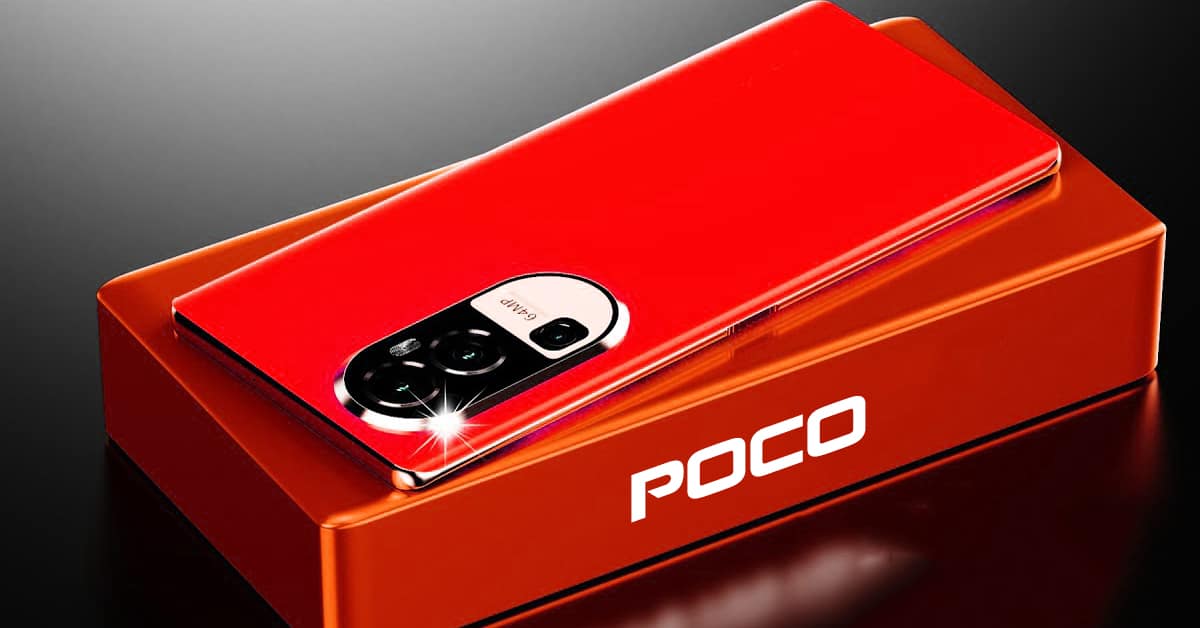Smartphone display: all the types you need to know
In one of our previous article, we’ve discussed and explained about definition and resolution of smartphones. Today, let’s take a look at the smartphone display types!
Smartphone display types: LCD
There are many types of display, so let’s start with LCD, stands for Liquid Crystal Display. It consists of liquid crystals that get illuminated by a back-light. It doesn’t require much energy to power a screen, and perform very well under sunlight, has higher brightness level, lasts longer than other smartphone display types, but at the expense of less contrast. There are two main types of LCD: TFT and IPS. We will take a closer look at each of them below.
TFT stands for Thin Film Transistor, an advanced version of traditional LCD. It has relatively low production cost and increased contrast; however it consumes more energy and has less impressive viewing angles and color reproduction. On the other hand, IPS (In-Plane Switching) has higher production cost. It is so because it is a further improvement of TFT. Specifically, it has improved viewing angles, color reproduction, and better energy consumption. These smartphone display types of LCD are very popular for smartphone manufacturers because of the cost.

Smartphone display types: AMOLED and Super AMOLED
One of the smartphone display types, AMOLED stands for Active Matrix Organic Light-Emitting Diode. It sounds complicated, but you only need to know that it’s another thin-film display technology. AMOLED screens consume less energy when displaying dark colors. However, it will consume more energy for light colors. The contrast is better for AMOLED screens, but they perform not as good under sunlight as LCD. AMOLED also has higher production cost than LCD too, but they can be made thinner and more flexible than LCD (curve screens).
Super AMOLED is an improved version of the basic AMOLED, which handles sunlight better, and consume less energy. This is a marketing term for smartphone display types first used by Samsung. But it is not marketing bluff: Samsung has consistently been voted as the best smartphone displays around.
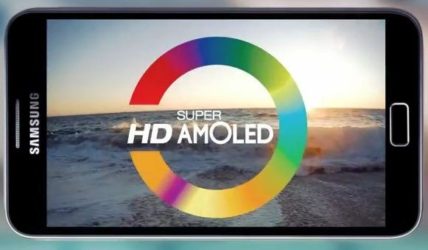
Smartphone display types: Retina
This is another marketing term for smartphone display types, this time coming from Apple. Retina is not defined by any characteristics; rather it is of sufficient resolution that the human eyes can’t discern pixels at a normal viewing distance. Measurement differs based on screen size: Phone 4, which was the phone Apple first used this term on, and popularized it, had a 960 x 640 pixel resolution on a 3.5″ IPS LCD screen, o 330 pixels per square inch (ppi). The iPhone 6 Plus, Apple’s first big screen, has Full HD resolution, so its 5.5″ screen has pixel density of 401 ppi.

Smartphone display types: Which one is better?
One thing to note: Super AMOLED is not restricted only to Samsung, and Retina is not restricted to only Apple (though you’re more likely to hear only those 2 use those terms). Like wise, not all of Samsung phones use AMOLED screens. All the numbers and technical data can be used to compare, but real-life performance is just as important. You need to experience the smartphone display types first hand, weigh the pros and cons, and choose the best one for you.
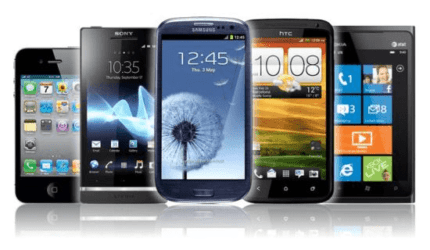
So now that you’ve learned more things about smartphone display types, which phone(s) do you think has the best screen(s)? Tell us!


